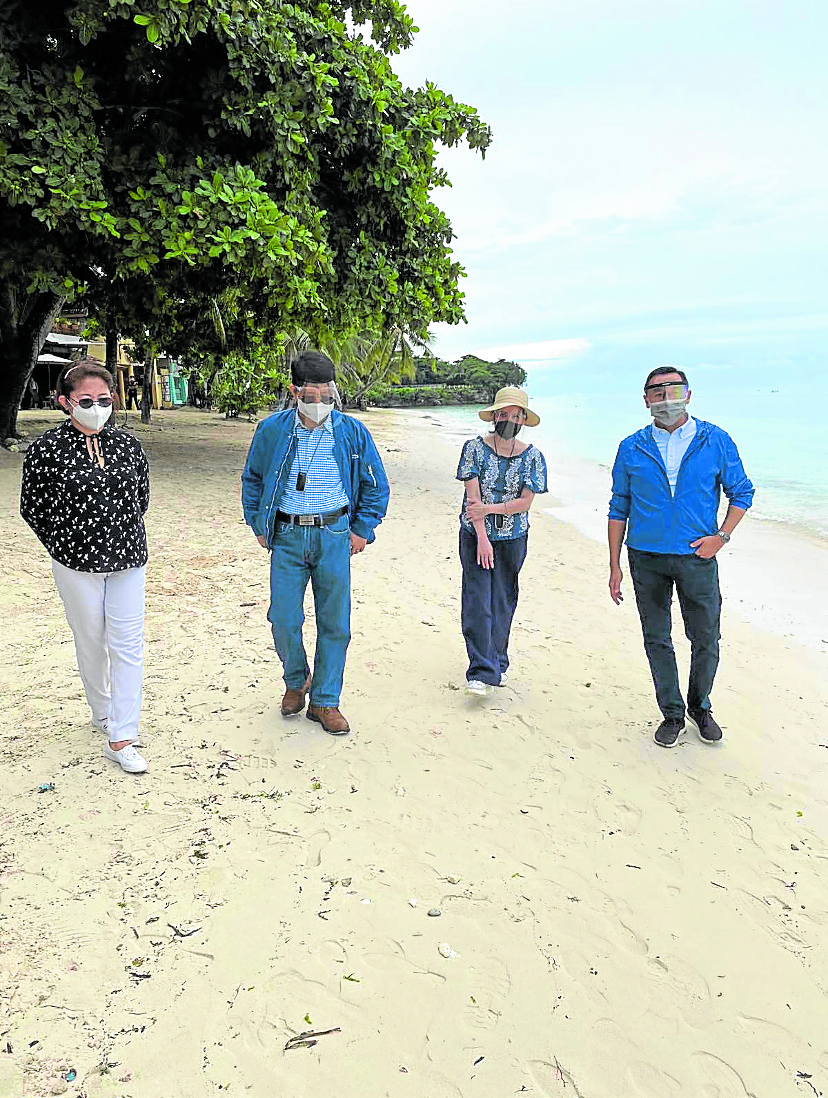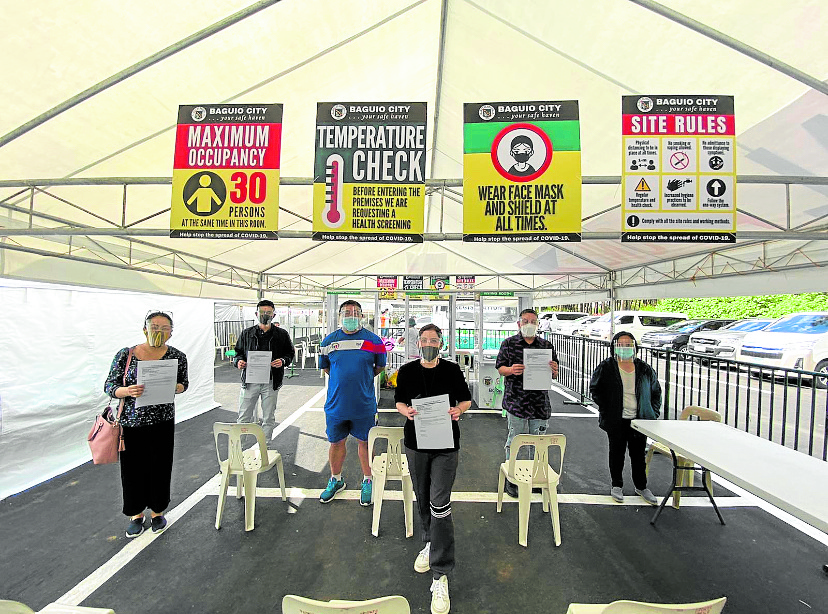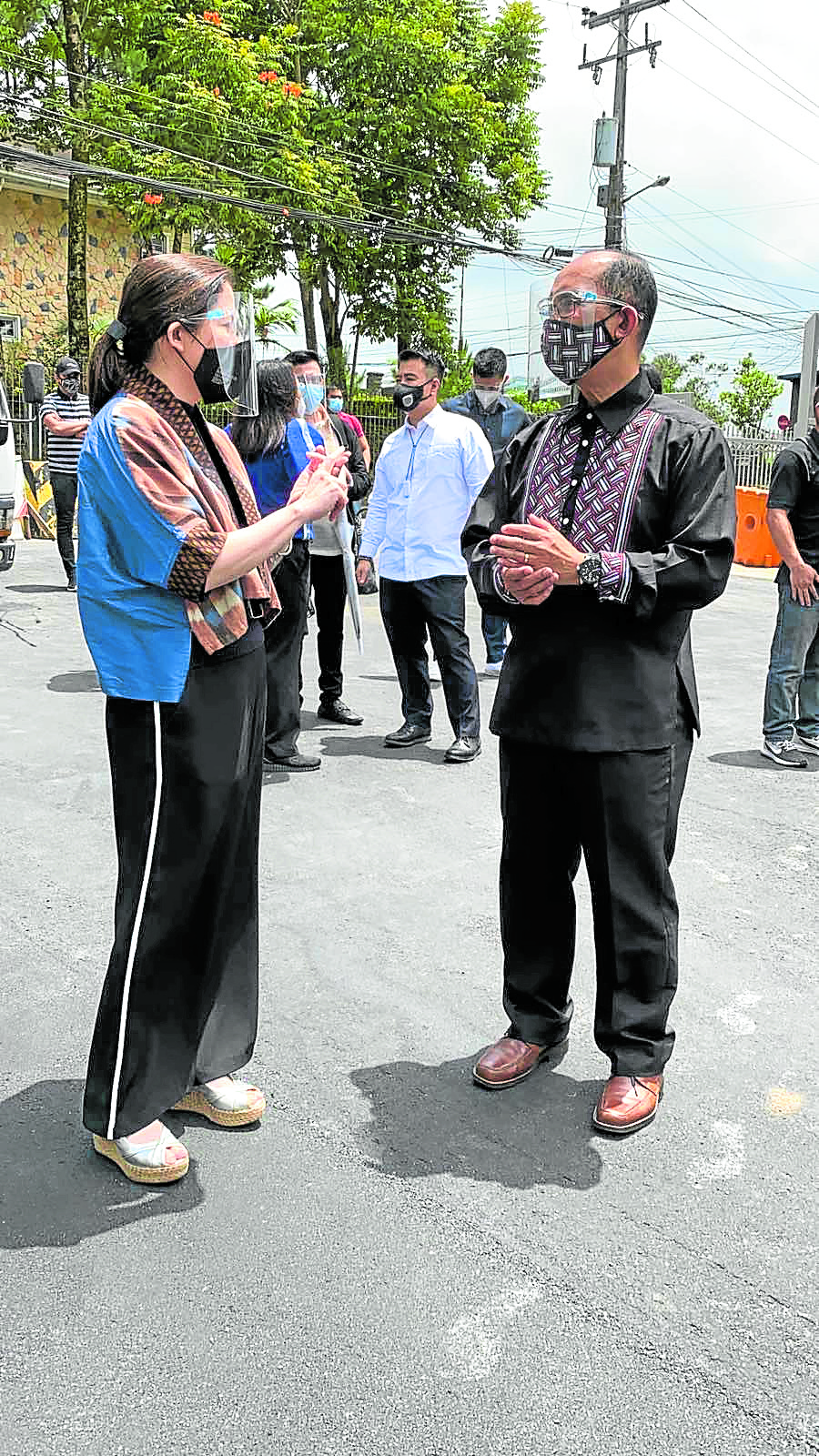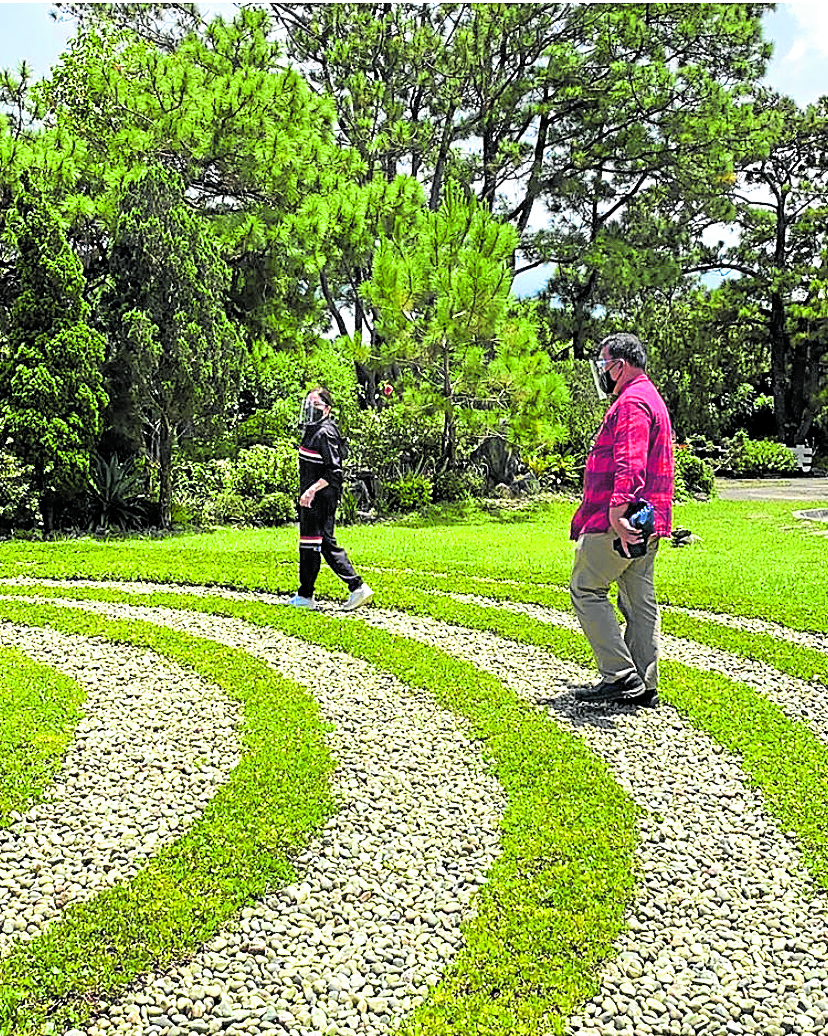
“We recover as one” is the mantra of our collective efforts toward national recovery, and it refers to the meaningful collaborations between the government, the private sector and fellow citizens, in order to beat COVID-19. For the tourism industry, however, it is perhaps more accurate to say that we are recovering one by one—province by province, and region by region, because we want to do things right, and doing things right must not be rushed.
On Oct. 1, the Department of Tourism (DOT) launched the first of our planned travel corridors, zones through which residents from COVID-free areas can exclusively travel. The Ridge and Reef Corridor Plan paved the way for the reopening of interregional tourism between Baguio City and the provinces of Ilocos Norte, Ilocos Sur, La Union and Pangasinan.
Apart from following the health and safety protocols at each step of the journey, the key to making the Ridge and Reef plan work is the Visitor Information and Travel Assistance platform. This digital monitoring system, funded by the DOT’s Tourism Promotions Board, is designed to keep track of visitor activities and ensure that the tourists and the communities within the corridor remain protected.
After registering online and submitting all the requirements, including a negative polymerase chain reaction (PCR) test result, visitors approved for entry will be given a QR code, which will serve as their passport in accessing services and sites around the province.
Boracay, which has been accepting Western Visayan tourists since June 16, opened its borders for all domestic tourists on Oct 1. Similarly, for prospective visitors, a negative PCR test result is required 48 hours before travel, in addition to a confirmed booking with a DOT-accredited hotel. A QR code will also be given after accomplishing the health declaration code online.
Even before Boracay’s reopening, El Nido has been welcoming local travelers from all local areas, as well. Three months on, it can be called a success, given that no new cases have developed as a result of this travel arrangement, where testing before travel is mandatory.

Testing the waters
Did we see a large number of tourists coming in to Boracay, El Nido and Baguio on their opening days? No, but that’s understandable, given the situation. There are those who are still afraid to venture far from their homes, and others who are not used to these new measures.
But more tourists are starting to trickle in as they see others testing the waters, so to speak. In order to encourage more people to travel and more destinations to open, we hope to be able to use the cheaper and faster antigen test, which the DOT and the World Health Organization are currently piloting in Baguio. If successful, this test will be the norm.
We also successfully held a hybrid Phitex 2020, the country’s largest travel exchange fair, in Panglao, Bohol. This was the first MICE (meetings, incentives, conventions and exhibitions) initiative of its kind in the world, with virtual meetings conducted between 122 foreign buyers from 34 countries. Some of our participants flew from Manila to Panglao, proving once again that we can innovate our way through this pandemic, and hold MICE events in a safe and controlled manner.
Closer to home, staycations are now allowed in Metro Manila, following certain guidelines. Bit by bit, we are reviving sectors that have been badly hit by the pandemic. We are being methodical about reopening because we issue protocols in line with global standards for every type of tourism operation.
Last month, World Travel and Tourism Council awarded us the use of the Travel Safe Stamp, a seal that signifies we are aligned with their standardized protocols for health, safety and hygiene. This will further restore tourist confidence and assure our guests that it is safe to travel in the Philippines.

Joint decision with LGUs
As much as we want to revive the tourism industry sooner rather than later, the DOT does not decide when a tourism destination will open; this decision is arrived at jointly with the local government units (LGUs). Together, we assess if an area is ready to reopen, taking into consideration the implementation of safety guidelines, the willingness of stakeholders and residents, and the capacity to handle medical emergencies.
The rules may seem strict, but this is the only way we can restart business safely. Until a vaccine is widely available, we will have to live with the virus. There are 4.8 million Filipinos employed in the tourism industry who were affected by the closures. They are people whose lives and livelihoods depend on travel—so when you decide to eat at a restaurant with a view or stay at a hotel, you are helping revive an industry that contributed 12.7 percent to the GDP in 2019.
I am optimistic about the recovery of the tourism industry, which will be driven by domestic tourism. The results of our Philippine Travel Survey in May show that 77 percent of the respondents are already willing to travel locally. Topping the list of preferred travel activities are going to the beach, followed by road trips and staycations.
The survey also revealed that 96 percent of respondents want to see certified disinfecting protocols and regular sanitation of establishments. We have been helping our stakeholders digitize their operations and transition to more hygienic contactless transactions. We rolled out Safe Pass Express, an incident management and contact tracing platform for hotels and restaurants, and Eat-In Express, an app that helps restaurants with digital ordering and kitchen management. Both are free to all DOT-accredited establishments.
Such are the challenges that the tourism industry faces—an ongoing pandemic, a cautious population (and rightfully so), plus hesitation among LGUs about opening up. The DOT is giving all its support to allay these fears and address these concerns through establishing safety measures and ramping up digital services. It will take time, but we hope the examples of Baguio, Boracay, Bohol and El Nido will lead the way for other places to develop a travel scheme that suits them best.
Tourism may have been considered a nonessential industry, but it is certainly essential to the people working in hotels, or guiding boat rides, or crafting souvenirs. Let’s bring back the jobs as we slowly, safely, and surely bring back the fun. —CONTRIBUTED

The author is the Philippine Secretary of Tourism.








































